How Experts Prune Their Lavender Annually To Prevent Them Getting Too Woody


Elizabeth is a Permaculture Garden Designer, Sustainability Consultant and Professional Writer, working as an advocate for positive change. She graduated from the University of St. Andrews with an MA in English and Philosophy and obtained a Diploma in Applied Permaculture Design from the Permaculture Association.
Reviewed By DAN ORI

Dan has over 27 years’ under his belt caring for plants and gardens. Working as a Horticultural Instructor and Consultant, he draws on a diverse range of experience that includes working as a Head Gardener, Tree Surgeon, Garden Centre Trouble Shooter, and writer of academic papers. Dan has a Level 3 Diploma in Horticulture and is currently a candidate for the RHS’s most prestigious award – The Master of Horticulture.
Contributions From JULIA SNOWBALL

Julia is the Head Gardener at Yorkshire Lavender, a lavender farm based in West Yorkshire that is home to over 60 acres of land that is adorned by a huge array of lavender varieties and other herbs.

Owners of The Lavender Fields, the Butler family have been growing lavender commercially for nearly 25 years. Nick and Lyndsay are based in Hampshire and have invaluable experience in all aspects of lavender growing.

An Arable Farmer based in the Cotswold district. In 1999, Charlie began growing his own lavender and, more than 20 years later, is now the Owner of Cotswold Lavender, home to over 70 acres of lavender varieties.

Emily is a Gardening Writer, Photographer and Videographer from Derbyshire, UK. She is the Founder of Emily's Green Diary - a community of more than 75,000 people who share in her gardening journey.
LAVENDER GUIDES
Companion Plants
Cuttings
French Lavender
Harvesting
Lavender Hedging
Pruning
Varieties
Winter
Lavender is a great choice for many gardens, as it is not only a beautiful flowering plant but also a useful herb.
Lavender is not usually challenging to grow, and as long as you choose the right spot to grow it in, it is low-maintenance and requires little care.
However, to keep lavender happy and healthy, it is best to prune your lavender plants (at least lightly) every year.
“How to prune lavender is one of the questions we get asked most often,” explains Julia Snowball, the Head Gardener at Yorkshire Lavender.
When it comes to pruning lavender, this guide explains all you need to know.
| Difficulty | Easy |
| Equipment Required | Secateurs |
| When To Prune | August-September |
Do You Need To Prune Lavender?
“Pruning lavender is the best way to keep them looking fresh and healthy and to avoid them getting too woody,” says Nick and Lyndsay Butler, owners of Lavender Fields, a specialist farm based in Hampshire.
Woody stems tend to look less attractive, and there will be less green growth over time, flowering will be reduced and the plant won’t look as good.
Furthermore, woody lavender plants are more likely to suffer frost damage or damage due to waterlogging.
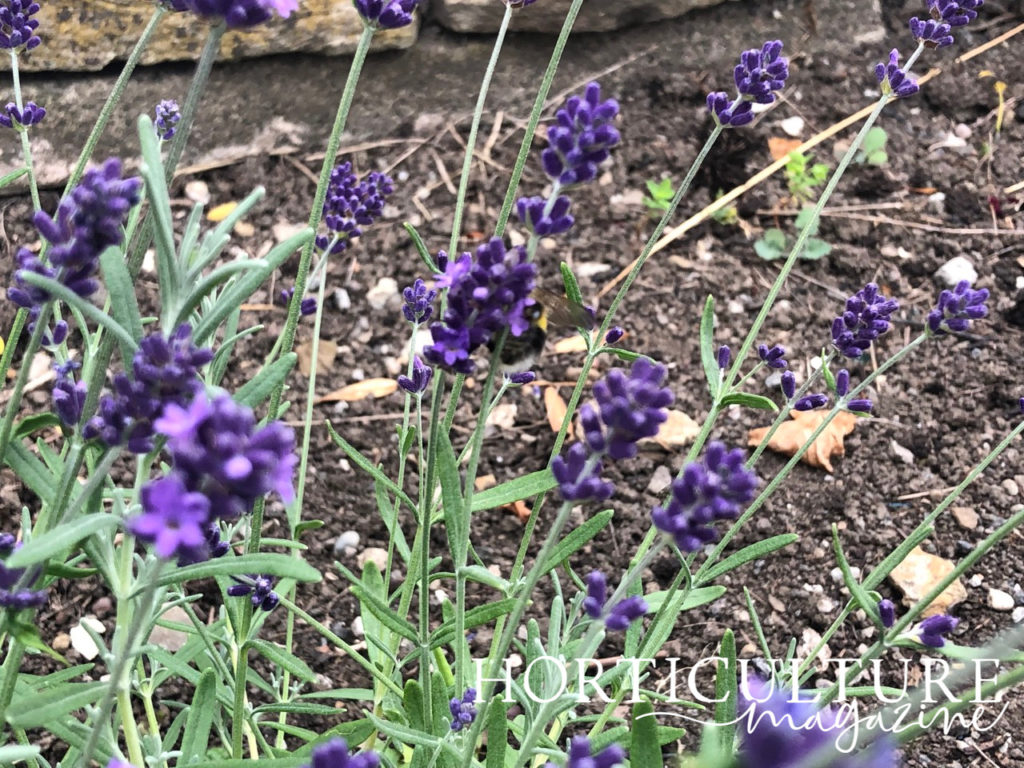
By pruning your lavender plants, they won’t get woody as quickly and will stay green, healthy, resilient and flexible for longer.
A woody and straggly lavender bush is usually best replaced since lavender won’t regrow well from older wood.
When To Prune Lavender
Lavender is best pruned annually, as Julia shares:
“Lavender bushes should be pruned annually to stop them becoming large and woody.
“I recommend pruning after flowering, but you should definitely not prune any later than mid-September.”
Usually, you should only remove a little material and not hard prune back to wood.
“Trimming the plants once a year is also essential for long life and good flowering,” shares Charlie Byrd, owner of Cotswold Lavender.
“Cut at the end of the summer to allow the plants time to recover before they go dormant for the winter.”
We’d recommend carrying out this job in August or in September, once the flowers have finished blooming on the plant.
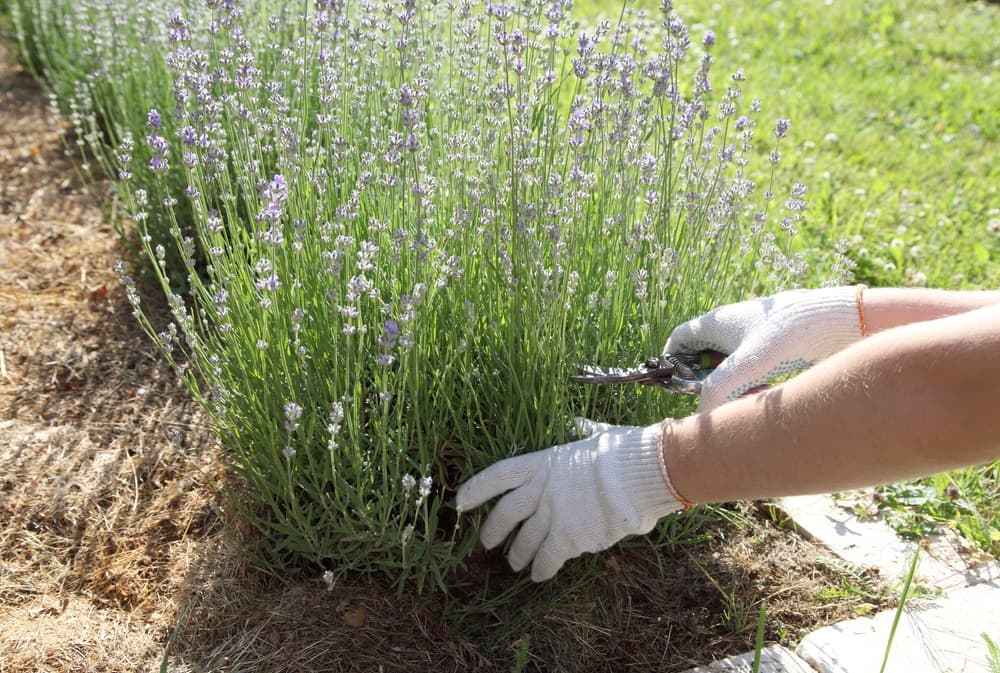
“However, for later flowering lavenders, including Lavandula x intermedia like ‘Old English’, you should cut back the following spring,” says Julia.
To determine exactly when to prune, look at the flowers of the lavender plant.
By this time, they should be dull and grey and bees and other insects will no longer be buzzing around them.
When most of the flowers change in this way, this is the best time to prune.
How To Prune Lavender
The actual process of pruning lavender is very simple.
Take some clean, sharp secateurs and remove the flowering stems, then cut back the current season’s growth while ensuring that at least a little fresh growth remains.
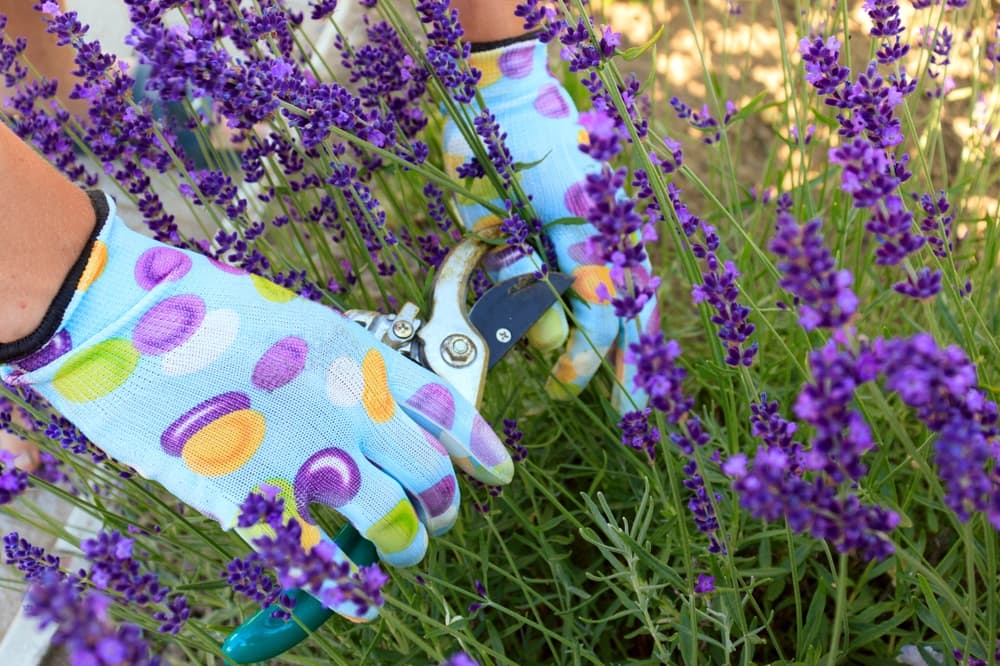
“Prune all English Lavenders in the same way,” explain the Butlers.
“English varieties should be pruned to about 2-3cm above the woody stems of the plant.
“This may look harsh, but it will keep the plant healthy and ensure you retain the nice tight shape of the plant.”
“Always ensure that there are green shoots below where you cut,” adds Julia.
With English lavender, you can be more vigorous in cutting back than you can with other types and should not be excessively tentative if you want your plant to stay healthy and attractive for as long as possible.
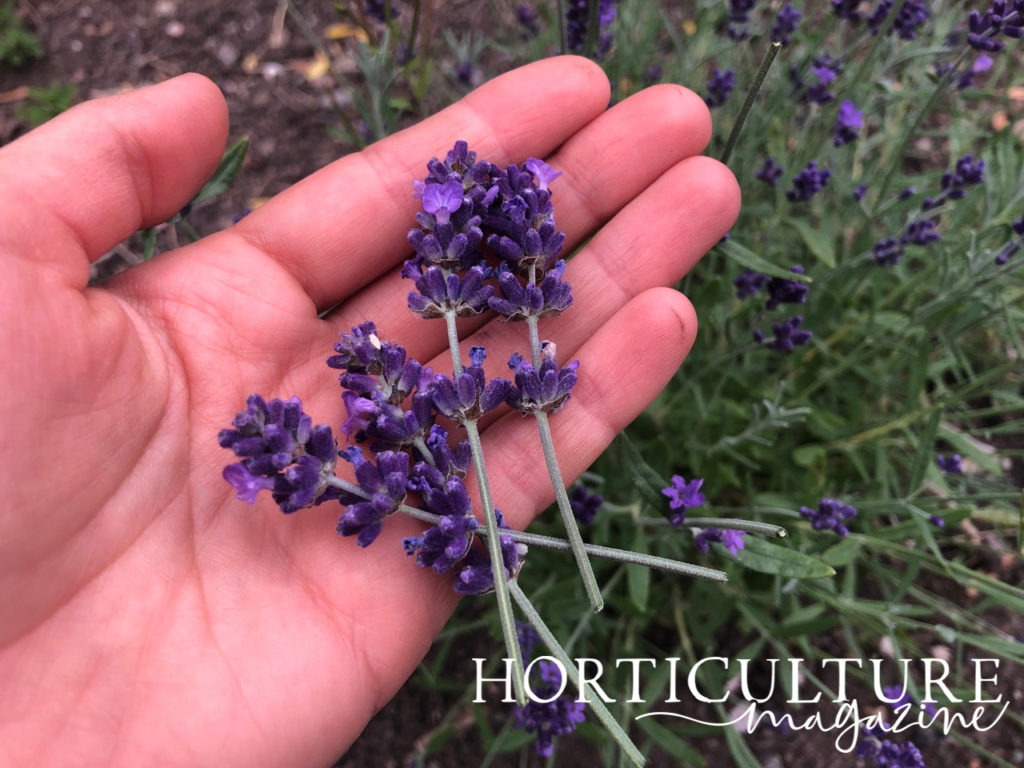
Personally, I like my lavender to look less clipped and more natural.
A more organic look works better on a forest garden fringe, in a wildlife-friendly area, or in a natural-looking cottage garden.
Since my lavender is on the sunny edge of my forest garden, I prune only lightly.
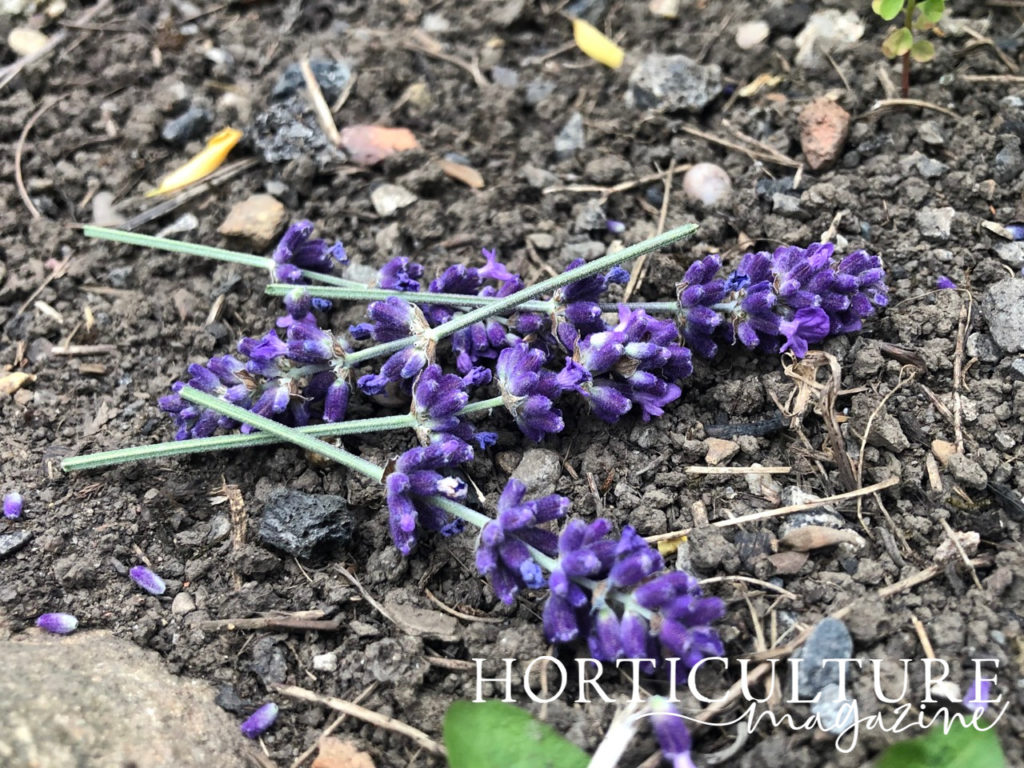
If you prefer a formal, neat or contemporary look, you might like to prune back harder and keep a more neat and clipped appearance to your lavender, as long as you don’t cut back too hard.
“Don’t cut into woody material,” Charlie warns.
“They really don’t like that at all and will often die as a result.”
Of course, a neater look might also suit you if you are creating a lavender hedge and don’t just have stand-alone plants.
As you can tell from the above, pruning lavender is indeed a fairly simple process.
Just remember not to prune back too hard to old woody growth, and in all honesty, you cannot go too far wrong.
A light prune each year will keep your lavender healthy and growing strong and it should flower well for you over a number of years.
